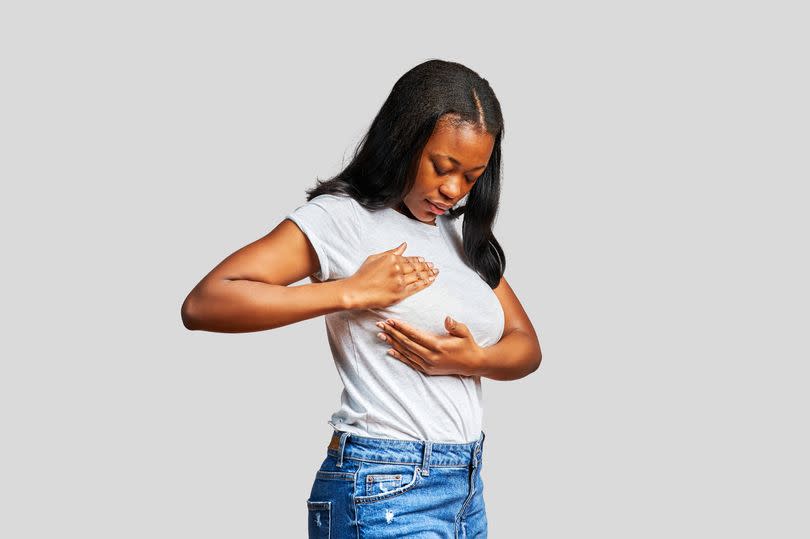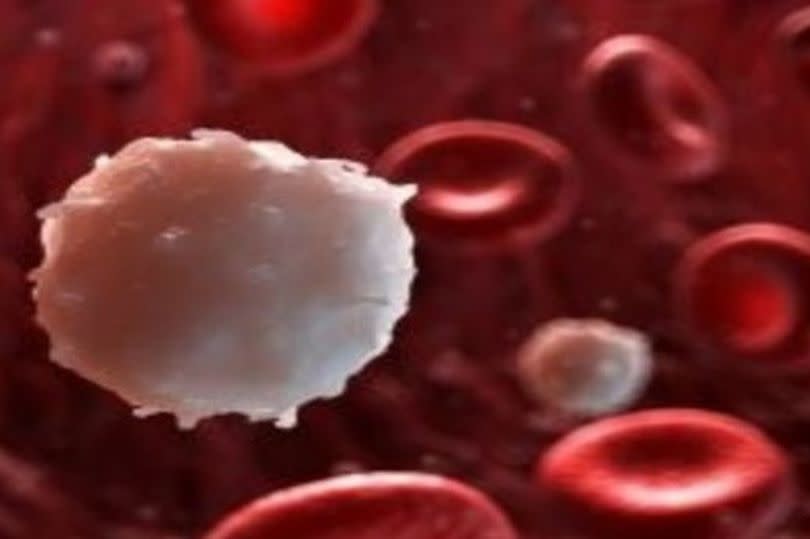Breast cancer fight could be boosted with simple 30-minute lifestyle change, study suggests

People diagnosed with breast cancer could boost their body's ability to fight the disease if they make a simple lifestyle change that also benefits their wider health. A key part of remaining fit and healthy, researchers have found that exercising for around 30 minutes per day might also boost cancer-fighting cells in your body.
Finnish researchers at the University of Turku conducted a study of the white blood cells present in the blood of 20 breast cancer patients, before any medical treatment had taken place. Taking samples before, during, and after 30 minutes of exercise, they discovered that many of the patients experienced an increased in their white blood cell counts.
White blood cells are one of the key mechanisms through which your immune system fights infection and disease, but only specific kinds of these cells can target and kill cancerous tumours, while some can even encourage them to grow. Boosting the levels of the kind that fights cancer, called T cells, can be key to fighting the progression of cancer and putting it into remission.
READ MORE: Millions of women suffer from 'invisible illness' without realising - signs and symptoms
Tiia Koivula, study lead author, explained to News Medical: "The balance of different types of white blood cells determines whether the immune system works to destroy cancer or to support it. If there are more cancer-destroying cells than cancer-promoting cells in the tumour area, the body is more capable of fighting cancer."

In the study, the 20 patients used a cycling machine with resistance for 30 minutes. After the exercise, the number of T cells in their body had increase, while the number of cells responsible for tumour growth remained the same.
"We found that during the exercise, the number and proportion of cancer-destroying cells increases in the bloodstream, while the proportion of cancer-promoting cells either stays the same or decreases. However, it is still unclear whether these changes seen in the bloodstream also lead to changes in the white blood cell counts in tumour area," Koivula continued.
The Finnish cancer researchers also examined whether the individual type and progression of breast cancer appeared to have an effect on white blood cell production. Reviewing their data, they found that those with larger tumours produced fewer cancer-killing cells, as well as those with hormone-receptive forms of the cancer.
However, more research will be needed to determine if the white blood cells produced by exercise go to the areas of the body affected by cancer. Though Koivula noted: "In this study, it was seen that the number of almost all white blood cell types decreased back to resting values one hour after the exercise.
"With the current knowledge, we cannot say where the white blood cells go after the exercise, but in preclinical studies, cancer-destroying cells have been seen to migrate into the tumour area."
Exercise and anti-inflammatory diets should be just one part of a wider cancer treatment decided by you and your doctor. If you are concerned that you have any of the symptoms of breast cancer, speak to your GP to organise an examination.
Breast cancer symptoms

A lump or swelling in the breast, upper chest or armpit
A change to the skin, such as puckering or dimpling
A change in the colour of the breast – the breast may look red or inflamed
A nipple change, for example it has become pulled in (inverted)
Rash or crusting around the nipple
Unusual liquid (discharge) from either nipple
Changes in size or shape of the breast
On its own, breast pain is not usually a sign of cancer - but look out for pain in your breast or armpit that is there all or almost all the time.
The most common symptom of breast cancer in men is a lump in the chest area. Most breast changes, including lumps, are not cancerous but the sooner the disease is found the more successful treatment is likely to be.
The charity urges anyone to get any new or unusual changes checked by a GP and to also check your breasts regularly.

 Yahoo News
Yahoo News 
